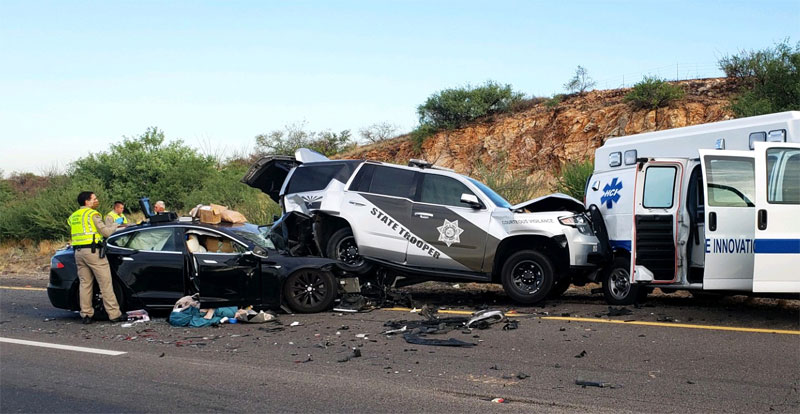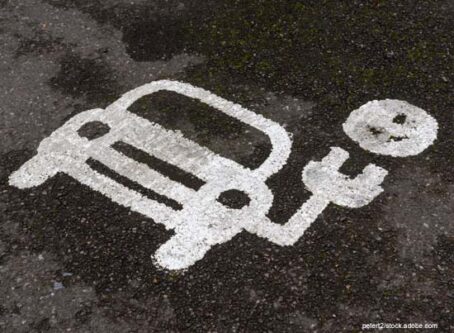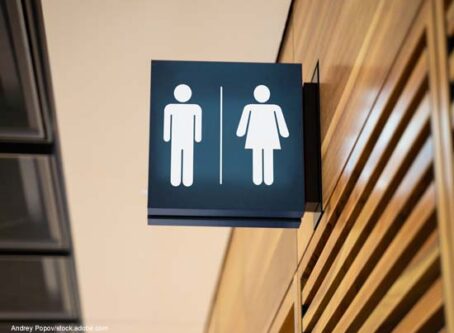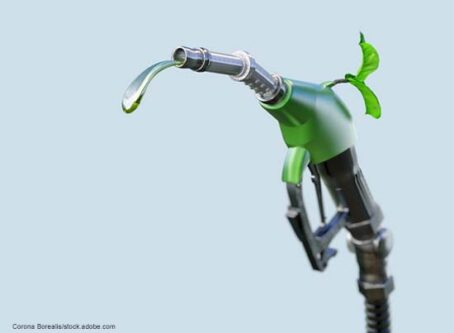Tesla on Autopilot crashes into Arizona DPS vehicle assisting earlier crash

A California man remains hospitalized after his Tesla Model S crashed into an Arizona Department of Public Safety police vehicle early Tuesday on Interstate 10 near Benson.
According to police, the Tesla driver was using the vehicle’s Autopilot feature when it rear-ended the patrol vehicle at around 3 a.m. Tuesday. The patrol car was stopped in the far left lane on eastbound I-10 to assist with an earlier crash.
The impact caused the patrol vehicle to crash into the back of an ambulance at the scene. The patrol car was empty and no injuries were reported by the occupants of the ambulance, according to an Arizona DPS Facebook post.
“Scenes like this one illustrate just how crucial it is for drivers to stay alert, slow down and #MoveOver when there are flashing lights and vehicles stopped on the side of the road,” the post stated.
The Tesla driver, a 23-year-old male from Irvine, Calif., has not been charged in connection with a crime, but a spokesman for the Arizona DPS says an investigation into the crash is ongoing.
At least one safety group has been pushing the National Highway Traffic Safety Administration to issue a recall of Teslas with the Autopilot feature.
Following the release of a third crash report from the National Transportation Safety Board last August involving a collision between a Tesla on Autopilot and another vehicle, the Center for Auto Safety called on NHTSA to issue a recall of Tesla vehicles, and called the company’s use of the term Autopilot “deceptive.”
Despite the crashes, Tesla has long maintained that its Advanced Driver Assistance Systems, like Autopilot and Autosteer, make its vehicles safer. Critics like the Center for Auto Safety say the systems promote “overreliance” by drivers and lead to more instances of distracted driving.









